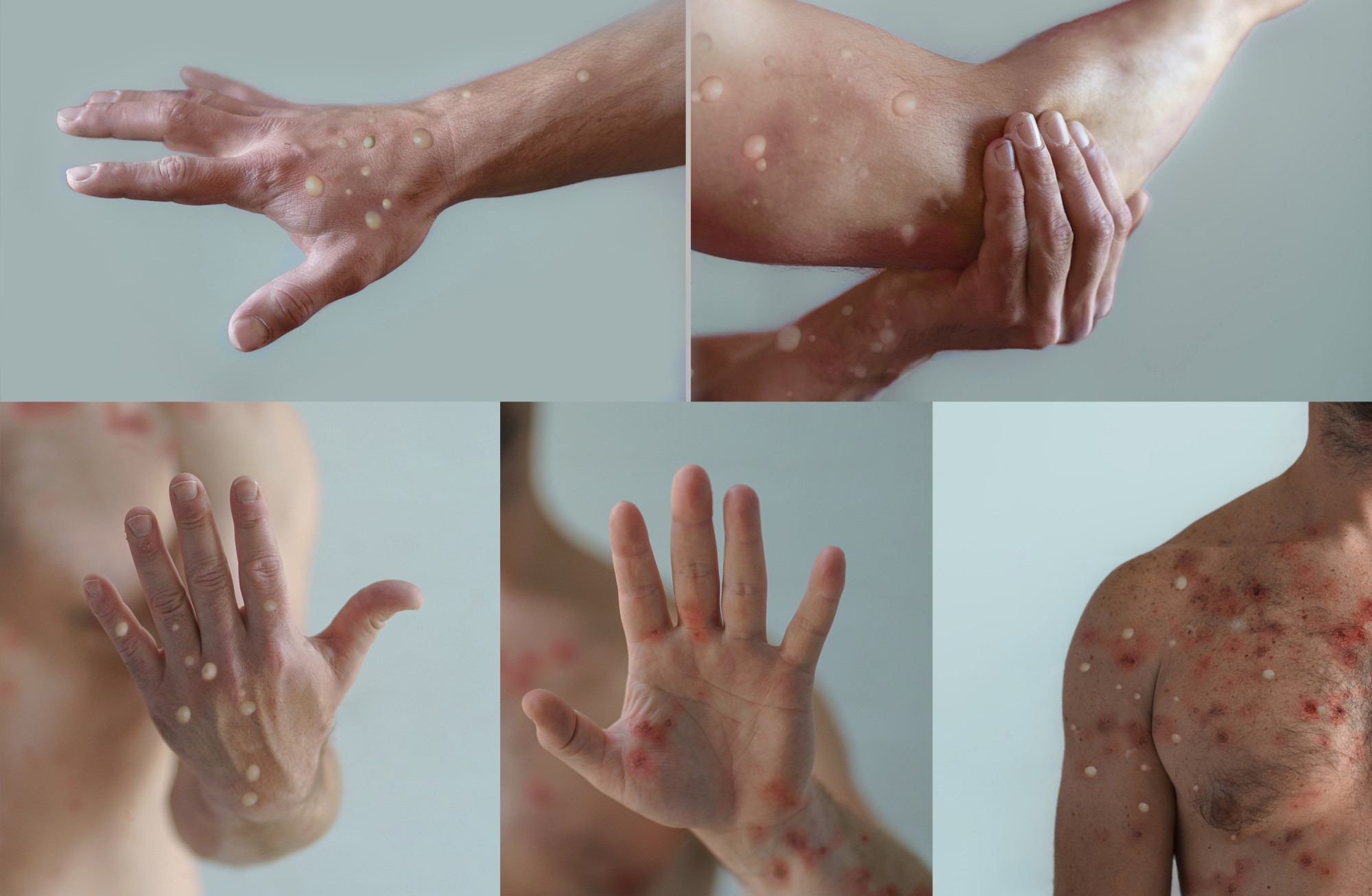Reactions to the study analysing 185 cases of monkeypox in Spain
A study published today analyses 185 cases of monkeypox reported in Spain up to 11 July.

Jacob - viruela derma
Jacob Lorenzo-Morales
Professor of Parasitology, Director of the University Institute of Tropical Diseases and Public Health of the Canary Islands of the University of La Laguna and CIBERINFEC researcher
"The study presents epidemiological and clinical characteristics of 185 cases of monkeypox in several regions of Spain. The data are robust and indicate what we are seeing in this outbreak: that the main population group affected are men who have sex with men, of young age and who have not taken prophylactic measures.
The work supports the data already discussed in the media and by the authorities. It is important not to stigmatise a group, but also to take measures to curb the situation.
The authors have taken into account the confounding factors and I do not see any limitations that they have forgotten.
The study focuses on the clinical manifestations that we are all familiar with, but also comments on less frequent lesions that we should observe: in the pharynx, anal area and also on the fingers".
Pedro Gullón - viruela derma
Pedro Gullón
Social epidemiologist and doctor specialising in preventive medicine and public health at the University of Alcalá
"The study describes 185 cases diagnosed with monkeypox in different health centres in Spain. The results are consistent with published epidemiological reports, in terms of the most likely routes of transmission and the persons in whom most transmission is occurring. However, due to the sample size and a probable selection bias in the sample, we cannot show data on other groups or other routes of transmission that are occurring to a lesser extent, and where it would be interesting to deepen our knowledge".
Adrián Aginagalde - derma monkey
Adrian Hugo Aginagalde
Spokesperson of the Spanish Society of Preventive Medicine, Public Health and Health Management (SEMPSPGS), Head of Service of the Epidemiological Surveillance and Health Information Unit of Gipuzkoa and, previously, Head of Service of the Population Screening Programmes Unit at the Ministry of Health
"The paper describes that the initial monkeypox lesions are usually related to the area of inoculation and are initially pseudopustules that can evolve into small generalised pustules. According to this research, mucosal ulcers have also been found, which were not so common in classical descriptions. Being HIV-infected and on treatment was not associated with increased severity.
Of the three recently published studies on monkeypox in Spain, this is the one with the smallest volume of patients (9%) as well as important limitations, such as the fact that they belong to a registry of patients who attended dermatology consultations. This conditions the profile of the cases and the conclusions that can be drawn, but in the initial phases they are essential to characterise the disease and generate new information on aspects such as the progression of the lesions".
He sido representante en la Ponencia de Alertas y Planes de Preparación y Respuesta, y Ponencia de Vigilancia Epidemiológica de la Comisión de Salud Pública del SNS y parte de la Red Nacional de Vigilancia Epidemiológica (2020-2022).
Alba Catalá et al.
- Artículo de investigación
- Revisado por pares
- Estudio observacional
